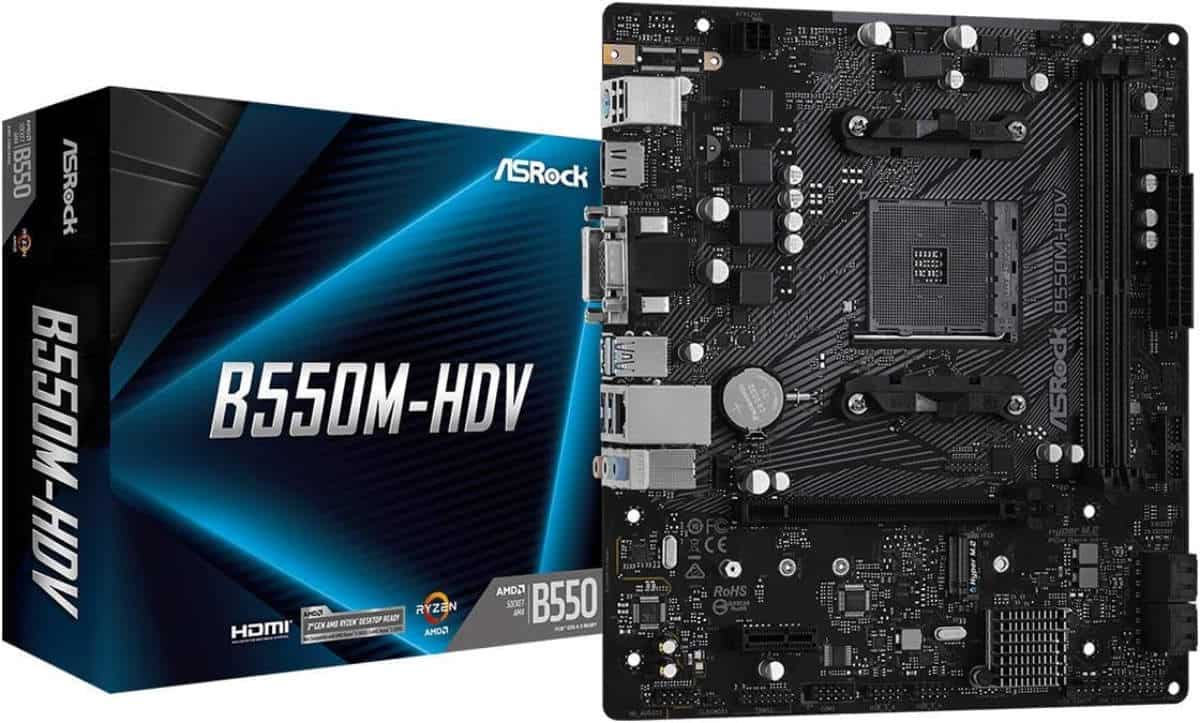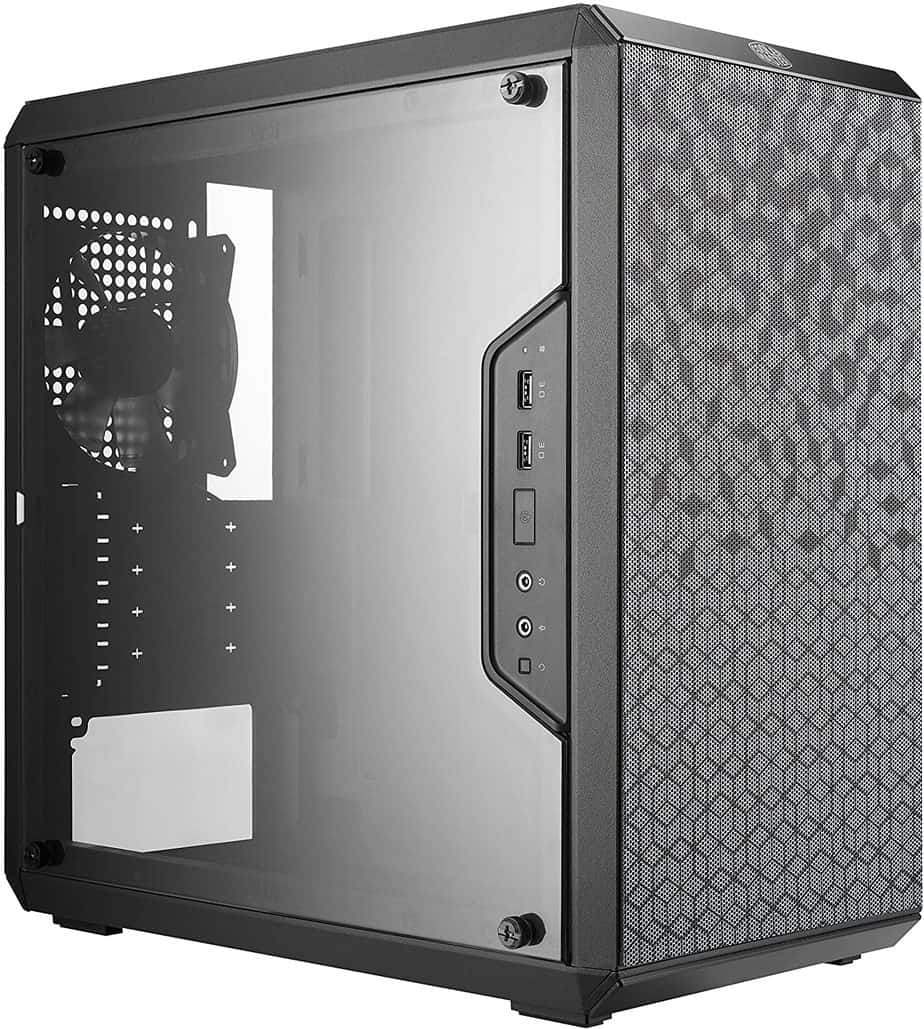This PC build will rival a PS5 Pro… and it’s roughly the same price

Table of Contents
Since the announcement of the PS5 Pro, we’ve seen plenty of complaints about its price, and it’s not a surprise really. Especially when considering the EU pricing, there are much better choices to go for with a gaming PC instead. With the base version of the console at $700, you only get a digital version without the ability to stand. The disc drive is $80, and the official vertical stand is $30. Totaling over $800, it is quite an expensive console.
In that case, you might as well build your own PC. Something that is capable of more than just playing games on one platform, instead, it gets access to the web and multiplayer (for free), plenty of game marketplaces, and other work on the platform for the same price, if not cheaper. So with that in mind, here’s our take on a cheap build that should perform as well as the PS5 Pro.
Prime Day is finally here! Find all the biggest tech and PC deals below.
- Sapphire 11348-03-20G Pulse AMD Radeon™ RX 9070 XT Was $779 Now $739
- AMD Ryzen 7 7800X3D 8-Core, 16-Thread Desktop Processor Was $449 Now $341
- ASUS RTX™ 5060 OC Edition Graphics Card Was $379 Now $339
- LG 77-Inch Class OLED evo AI 4K C5 Series Smart TV Was $3,696 Now $2,796
- Intel® Core™ i7-14700K New Gaming Desktop Was $320.99 Now $274
- Lexar 2TB NM1090 w/HeatSink SSD PCIe Gen5x4 NVMe M.2 Was $281.97 Now $214.98
- Apple Watch Series 10 GPS + Cellular 42mm case Smartwatch Was $499.99 Now $379.99
- ASUS ROG Strix G16 (2025) 16" FHD, RTX 5060 gaming laptop Was $1,499.99 Now $1,274.99
- Apple iPad mini (A17 Pro): Apple Intelligence Was $499.99 Now $379.99
*Prices and savings subject to change. Click through to get the current prices.
The PS5 Pro has come at a high price for a console that is very limited in its use case, making it very expensive for what it does. Instead getting a full-on PC capable of so much more than gaming, for the same price. It offers you a machine with a lot more behind it. It’s for those who are unwilling to pay so much for something with such limited potential.
Even if you were looking to enjoy some exclusive games, Sony has slowly been bringing out their games to PC anyway. Such as the God of War Ragnarok release headed our way. Even if it is a couple of years later, it’s still a worthwhile wait. Still, there are plenty of other platforms and thousands of other games and even modding potential that make the PC platform so much more enjoyable and worth it.
PS5 pro equivalent PC build
Below we put together a PC build that comes to just under $800. Yes, it’s not quite cheaper than the console itself, it comes below the price of the full-feature PS5 Pro or one with just over a year of a PlayStation Plus Essential subscription. So it’s not an unreasonable price to opt for a gaming PC in comparison to the console.
For the build, we opted for the AM4 platform, as with the lower price yet still great performance, you get a much better value. It comes in much lower than the new AM5 processor and motherboard but still has plenty to offer. So the Ryzen 5 5600 is a great choice for value, although slightly slower than the 5600X we reviewed, it does also drop 2 cores compared to the PS5 if it’s not updated in the Pro. Then with a B550M motherboard and 16GB of DDR4 RAM, you have a solid base for your CPU in a small form factor as well.

The NVMe SSD is quite a bit more costly with the capacity and speed on board but it does equate to what the PS5 Pro has. As for the graphics card, we opted for the RX 7700 XT. The PS5 Pro GPU equivalent might be the 7800 XT if talking on pure specs and if Sony does opt for RDNA 3, but it is unlikely to perform as well due to the memory constraints on the console. Lacking both the infinity cache of a discrete card and having to share memory across the system.
That might knock it down a touch and make the 7700 XT a more valued choice as we found in our 7700 XT review. Then to fill out the rest of the build we went for a small case and low-end power supply. Don’t worry there are still reputable options from Cooler Master and EVGA for a quality component pick that will get the job done. You also don’t need to worry about a CPU cooler as there is one included in the processor box for a quick and simple solution.
-
AMD Ryzen 5 5600
- Cores: 6
- Threads: 12
- Boost Speed: 4.4 GHz
- Base Speed: 3.5 GHz
- L3 Cache: 32 MB
- TDP: 65W
-
PowerColor AMD Radeon RX 7700 XT Fighter
- GPU: Navi 32
- Stream processors: 3,456
- VRAM: 12 GB GDDR6
- Bus width: 192 bit
- Base clock speed: 1435 MHz
- Boost clock speed : 2544 MHz
-
ASRock B550M-HDV
- Socket: AM4 (PGA 1331)
- Chipset: B550
- Form Factor : MATX
- PCIe Version : PCIe 4.0
- Memory speed : 4600+(OC)
- Memory capacity : 64GB
-
G.Skill Ripjaws V
- DDR4 memory type
- 16GB (8GBx2) capacity
- 3200MHz tested speed
- Dual Channel Kit
-
-
Cooler Master MasterBox Q300L
- Size: Micro ATX
- Max GPU length: 360mm
- Motherboard Compatibility: MATX
- I/O: 2 x USB 3.0
- Fan support: Top: 2 x 120mm, Rear: 1 x 120mm, Bottom: 1 x 120mm, Front: 2 x 120mm or 140mm or 240mm radiator
- Radiator support: Front: 1 x 240mm
-
-
PS5 Pro specs and PC comparison
Comparing the PS5 Pro vs PS5 and our PC equivalent we can see what kind of changes and similarities there are between them. Here we see the equivalence and differences that are brought by this upgrade and how the computer version varies.
| Specification | PS5 (Current) | PS5 Pro | Our Rival Gaming PC |
|---|---|---|---|
| CPU | AMD Zen 2 (8-core) | AMD Zen 2 (8-core) | AMD Zen 3 (6-core) |
| GPU | 36CUs RDNA 2 (10.28 TFLOPs) | 60 CUs RDNA 3 (TFLOPS unknown) | 54 CUs RDNA 3 (35.17 TFLOPS FP32) |
| RAM | 16 GB GDDR6 256-bit | 16 GB GDDR6 256-bit | 16 GB DDR4 system 12 GB GDDR6 192-bit VRAM |
| Memory Bandwidth | 448 GB/s (14 Gbps) | 576 GB/s (18 Gbps) | 432 GB/s (18 Gbps) |
| Storage & Disc Drive | 825 GB SSD, Disc Drive included | 2TB SSD, Disc Drive sold separately | 2TB SSD, No disc drive – USB options available |
Based on the fact that the PS5 Pro hasn’t announced it’s upgrading its CPU, it’s likely sticking to the Zen 2 8-core, whereas ours is a Zen 3 6-core, which the improvements should help with the few core differences. Whilst for the GPU, we fall behind a few compute units it is unlikely the console graphics card can match the power and frequency of the standalone card, so it will fall behind a few tiers below the direct equivalent.
In terms of RAM, the PS5 shares it across the system for both the processor and graphics. For a PC we have a system option in which we have 16GB of DDR4 with the GPU having 12GB of GDDR6. That does have a slightly lower bandwidth too due to the narrower bus but without having to share its capacity with the rest of the system should be less effective than on the console.
Then for the storage, the Pro does in fact increase to a 2TB NVMe SSD that you can easily match on a PC and with even more expansion options down the line. The disc drive is also not included on the Pro either and is sold separately, which is mostly the case for PCs these days too. As PC cases omit the inclusion, if you want one, you can get a USB external disc drive for around $20, less than a PS5.
Other considerations
The PS5 Pro does benefit from some console optimizations that make it perform better than it would be by standard. As the Pro goes for an upgraded GPU, advanced ray tracing, and the introduction of PSSR it promises a no-compromise gameplay experience. As it combines both the fidelity and performance mode of the original version you can hope for a 60FPS experience with no drawbacks.
But the PC has its own tech as well, as with the Radeon graphics card you can have a driver-level upscaler as well. With RSR an option to be enabled that will give a better performance. But with the likely lower resolution you’ll be gaming at and with more control of the settings, you’re likely to get a better performance outright anyway. plus all the extras you can do on the platform already make it a more appealing choice.







